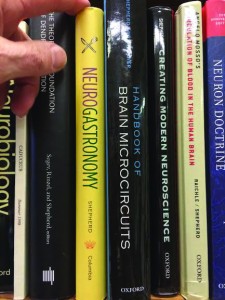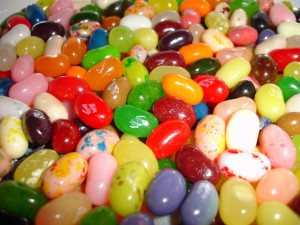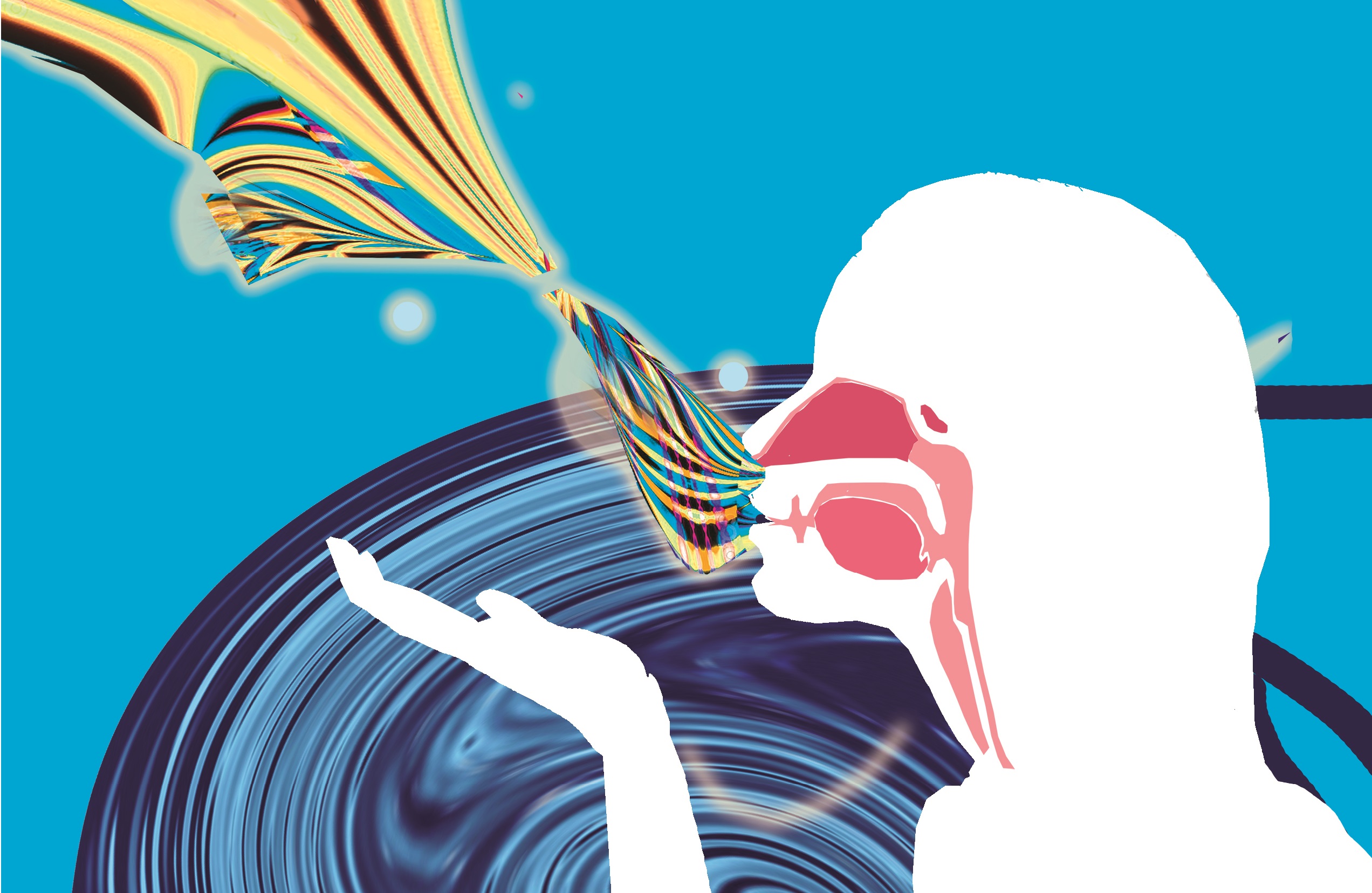Put a jellybean in your mouth and pinch your nose. What do you taste? Only sweetness—nothing else. But let go of your nose, and suddenly you taste the real flavor: cherry, maybe, or lemon. Until now, it was not entirely clear why this was so.
In a recent paper published in the Proceedings of the National Academy of Sciences, a team of researchers headed by Yale University professor of neuroscience Gordon Shepherd has come up with a potential explanation. Through collaboration with engineers at Yale’s Department of Engineering and Center for Engineering Innovation and Design (CEID), Shepherd and his colleagues have uncovered a physiological explanation for this enhancement of smell and taste when exhaling as compared to inhaling. As it turns out, the shape of the airway causes the airflow during exhalation to actively transport food odors to olfactory neurons. This could have implications for anything ranging from why food is less appetizing when we are sick to why we crave the food we do.
The special case of smelling while exhaling
Retronasal olfaction occurs during exhalation, when one smells “volatiles,” or odorant molecules, that originate from the mouth. Orthonasal olfaction works similarly, just that it occurs as one breathes in and smells volatiles from the outside environment. Both processes involve the oropharynx, which is the middle part of the throat around the back of the tongue, as well as the nasopharynx, the upper part of the throat above the nose. The actual sensation of smelling the food that we eat occurs when volatiles from food are released into the back of the mouth, then transported by exhaled air from the oropharynx to the nasopharynx. The ordorants then interact with olfactory receptor cells in the nasal cavity, sending a neural signal to the brain that we perceive as smell. Shepherd’s goal was to find an explanation for the dynamics of retronasal airflow by examining the shape of the throat and head.

Prior to Shepherd’s study, it was not clear how the transport of food volatiles from the mouth and through the airway occurred. But when they looked at how air flowed through different parts of the airway, Shepherd and his team discovered the importance of an area that connects the mouth to the oropharynx and that they labeled the ‘virtual cavity.’ During inhalation, the speed of airflow is large in the oropharynx but close to zero in the virtual cavity, meaning that food volatiles remain in the mouth and do not enter the airway. In contrast, during exhalation, the speed of airflow is much larger in the virtual cavity; its shape is such that the food volatiles are transported from the mouth into the main airflow, which then carries these odorants upwards to the nasal cavity where they are detected by olfactory neurons.
The result, from analysis of retronasal olfaction, is that our sensations of smelling the food in our mouths are strongest when exhaling because that is the only time during the breathing cycle in which food volatiles are actively transported to olfactory neurons. At the same time, when we inhale, the shape of the airway minimizes transport of food volatiles toward the lungs.
An interdisciplinary undertaking
The method by which Shepherd and his team actually studied the shape of the airway and the speeds of airflow in different parts of it highlights the many advantages of interdisciplinary research.
First, Shepherd’s team—located in the neuroscience department—obtained a 3D image of one human airway from collaborating physicians at the medical school. The CT scan was originally taken for a different study. Shepherd’s team then took this data to Yale’s CEID, where engineers aided in creating a three-dimensional model of the airway. With the help of collaborator Joseph Zinter, assistant director of the CEID, the team used a 3D printer to build a model that functions just like the human airway. They added pumps to each end to simulate the passage of air from one part to another.

Nicholas Ouellette, then an associate professor of mechanical engineering and materials science at Yale, and first author Rui Ni, a postdoc at Yale at the time of the work, brought new meaning to the model; the researchers were experts in fluid mechanics, the branch of physics and engineering that studies how the laws of forces and motion apply to fluids. To best track movement of fluid, they pumped water rather than air through the model airway. By seeding the water with fluorescent particles, they then tracked the movement of these particles with LED light and determined which parts of the airway had the strongest and weakest airflows by comparing the velocities of the particles.
An adaptive advantage
This study provides major evidence for a two-system model for breathing; orthonasal smell is for breathing in and allows us to catch whiffs of odorants in the air, while retronasal smell is for breathing out, which aids us in smelling the food and drink we consume. Shepherd believes that this separation between the two systems is an adaptive advantage. Retronasal smell involves an adaptation of the airway that enhances transport of food volatiles to the nose, allowing us to “sample” the food in our mouths before we swallow it so that we can choose not to continue eating anything unpleasant. At the same time, the pathway minimizes transport of food volatiles to the lungs, preventing anything potentially harmful from entering the lungs.
Shepherd acknowledged that the fascinating findings of the study were limited by how the model airway was constructed based on just one test subject. Still, the researchers believe that the function of retronasal smell is universal, and they are looking to conduct similar studies in people of different ages, races, and genders.
“Retronasal smell may help explain why children eat what they do and often crave things that may not be good for them,” Shepherd said. He also speculates that retronasal airflow might help explain why it’s difficult to taste food while having a cold. More broadly, retronasal smell might be affected by different pathologies in the back of the mouth, such as sore throat or a stroke that leaves someone without the full ability to breathe in and out or swallow.
“It’s still true that most interest in smell is in perfumes and the like, which we sense when breathing in,” Shepherd said. “One of the things I’m trying to do is to emphasize that retronasal smell is one of our most important senses. It’s not just for aesthetic things, but is at the very core of what makes us human, and we use it every day at every meal.”
Extra Reading:
Rowe TB, Shepherd GM. February 15, 2016. Role of ortho-retronasal olfaction in mammalian cortical evolution. Journal of comparative neurology (1911) 524, no. 3, (accessed February 11, 2016).
About the Author:
Diane Rafizadeh is a freshman Chemistry major in Jonathan Edwards College. She is a Staff Writer for the Yale Scientific Magazine and is interested in research in medicinal chemistry.
Acknowledgements:
The author would like to thank Professor Shepherd for his time and for his enthusiasm in sharing his research on retronasal olfaction.

